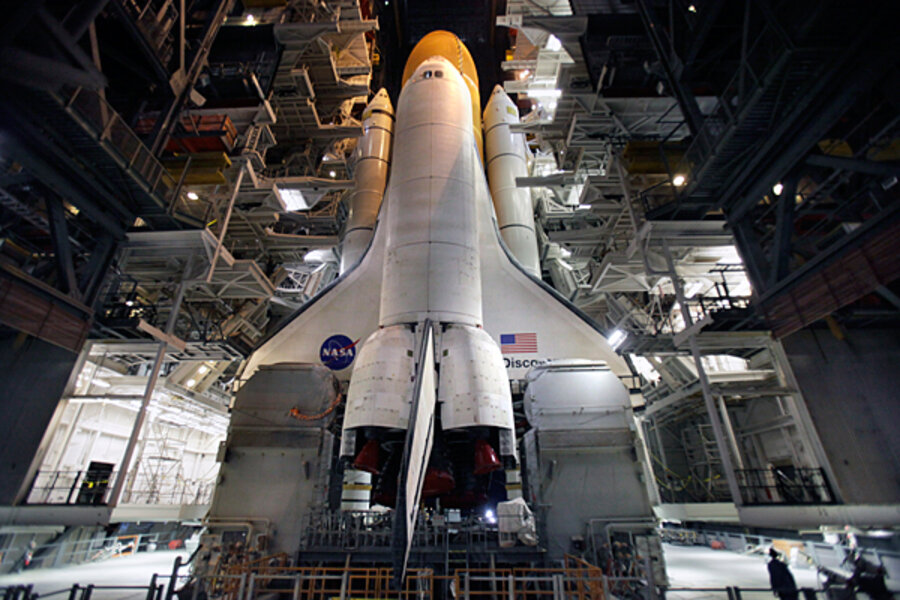In some ways, yes. "Technically, it was a remarkable achievement," says Louis Friedman, executive director emeritus of the Planetary Society in Pasadena, Calif. Shuttles launched satellites and initially carried classified payloads for the Pentagon. They served as test beds for technologies that would lead to the International Space Station. They played an indispensable role in the construction and stocking of the space station. And their crews repaired and even rescued satellites and the Hubble Space Telescope.
But experience would show, through two fatal accidents that killed 14 astronauts and through numerous modifications, that the orbiters never truly shifted from being R&D vehicles to craft capable of routine operation.
And, Mr. Friedman adds, "it was a programmatic disaster." Cost savings that planners envisioned – and oversold, many analysts say – never materialized. One widely cited early study indicated that for a $12.8 billion investment in orbiters and infrastructure, the shuttles would pay for themselves if they flew 39 flights a year between 1978 and 1990. But flight rates averaged just 4.5 launches a year through 2010.
By some estimates, once the final mission ends, the program will have cost $174 billion, with payload launch costs of about $10,000 per pound, compared with some initial estimates of $120 a pound.





